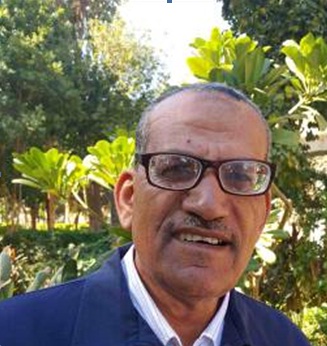The old hammamat sediments along Wadi Mubarak (previously mapped as metasedimentary Beririq Formation) form an allochthonous unit trending NE-SW, sandwiched between island arc assemblage (lower unit) to the north and ophiolitic melange (upper unit) to the south. These old Hammamat epiclastic sediments are composed essentially of alternating coarse polymictic conglomerates, fine polymictic conglomerates, siltstones, arenites, grewackes intercalated with calcareous pelites. Detailed petrographical investigation confirmed that the polymictic conglomerates include granitic, volcanic, carbonate as well as metasedimentary clasts. Geochemically, the granitic clasts matched well with the Egyptian older granites and phase-I younger granites of Akaad and Noweir (1979) and fall in the field of magmatic rocks situated in orogenic belt and island arc. However, the volcanic clasts are similar in composition and chemical characters to the Dokhan volcanics. The metasediemntary clasts (phyllite, and hornblende schists) are of sand, clay-limestone and clay-dolomite mixtures protoliths, while the carbonate clasts belong to the dolomite-limestone and pelite-dolomite mixtures. Generally, the old Hammamat successions suffered low pressure metamorphism, up to epidote-amphibolite facies, where chlorite, biotite and almandine zones are distinguished.

